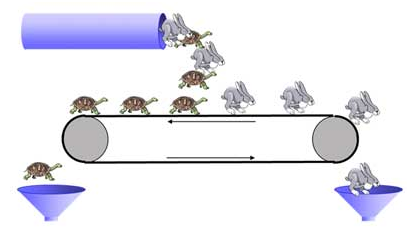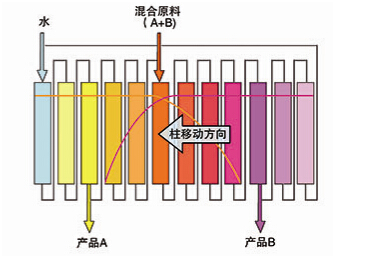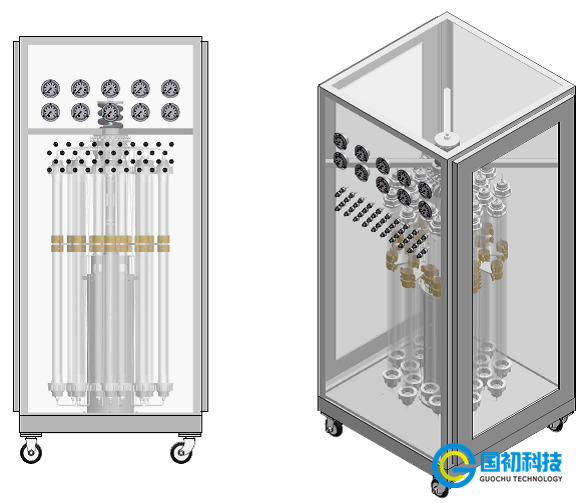

Continuous chromatographic separation of experimental equipment uses advanced design concepts and superb production process. It is suitable for a small amount of product preparation and process technology development, wide range of uses It is user-friendly and can be based on different product separation requirements flexible adjustment process.
Continuous chromatographic separation principle:
The chromatographic separation technique is based on the fact that different materials have different partition coefficients in the system consisting of stationary phase and mobile phase, and different retention times are presented in the mobile phase elution process to achieve separation. The traditional chromatographic
separation technique is carried out using a fixed chromatographic column. We first enter a certain amount of material, and then use eluent continuous elution. The same exit at different times can receive different product components, the process time and effort. After analysis and improvement, we made the stationary phase of the resin which can be continuous flow of the system. The separation of the material and the relative velocity of the stationary phase is achieved. Similar to the principles of the tortoise and the hare we put the fixed phase into a conveyor belt, the rabbit turtle, respectively, compared to the speed of the two different components. As long as the stationary phase adds a driving force in the opposite direction to the elution, so that the speed of the conveyor belt in the middle of the rabbit and turtle speed. Rabbits run faster than the fixed phase from the front, and the slow turtle was brought to the back of the conveyor belt.

We can use continuous moving bed system to achieve the above process:

Continuous chromatographic separation advantages:
Typical applications:
Technical Parameters

